I. The flaws of centralized social media platforms & the problems can be solved by their decentralized counterparts
Today we use social media applications such as WeChat, Discord, Twitter, and Facebook to transcend spatial/temporal limits and communicate with others, thereby minimizing the time needed for communication or social interaction. However, such centralized social media platforms own important data such as our personal information and ownership. Meanwhile, content producers and users are just another data set. As they seek profits, these platforms would sell our privacy or delete/block our content. Decentralized social media platforms, on the other hand, run on public blockchains. To a large extent, anyone can run nodes, access the backend, create applications, and manage feeds no matter where he is. In terms of profits, this model is fair and appealing to both community members and content creators. Unlike their centralized peers that take most profits away from creators, decentralized platforms directly distribute tips they received from users to content creators.
II. A comparison of two Facebook-like Web 3.0 projects: Ralationlabs and Bchat
1. Demand
Web 3.0 differs from Web 2.0 in that the core demands in Web 3.0 start from social media groups and trading. The digital assets we hold reflect our choice of communities, transaction preferences, and asset status. As a growing number of people start buying cryptos, finding like-minded communities in a secure, easy, and efficient manner has become an increasingly urgent demand. In addition, existing tools used for on-chain data analysis focus on the needs of project teams with tech support, and the market lacks a set of easy-to-use and powerful on-chain tools designed for ordinary individuals.
2. A comparative analysis of two competing projects
1) Bchat’s solution
- Focusing on the mobile end, Bchat is a social media DApp based on digital asset portraits

- Based on on-chain data, Bchat provides individual users with a set of custom rules called RAAS. Users simply need to select the rules to receive verified results (user lists or communities) that meet the conditions they set.
- RAAS can be used as an IFTTT trigger. For example, with RAAS, we can create the following rule: send user a notice when the floor price of xxNFT rises by 50%. In this way, Bchat can be relied on as an easy-to-use consumer tool;
- With RAAS, you can find other users with a profile similar to your own. If they are not on Bchat, you can also airdrop invitation NFTs and earn token rewards;
- On Bchat, you can create and join communities. Unlike conventional Web 3.0 communities, Bchat groups consist of members who are real users officially verified by multiple rules. As members share similar asset portraits, such groups enable valuable social interactions;
- Once it builds up a large user base and a sound social network as an IFTTT tool, Bchat will gradually optimize functions such as homepage, chats, and community and introduce user-friendly, functional social media products;
- After it gained recognition and trust among users with stable, powerful, and satisfying products, Bchat will provide privacy-preserving, low-cost C2C trading contracts to empower community trading events. Meanwhile, the platform will release credit graphs based on on-chain data and social behaviors to build a securer and traceable user environment for on-chain social interactions.

2) Relation One’s solution
- Relation One is a social media DApp that focuses on web/plugins. It allows all Web 3.0 users to easily manage their social graphs, visit friends, find like-minded communities, and talk to recommended users;

- Relation One offers one-stop social media functions, including profile management, P2P chats, group chats, DAO governance, NFT display, etc. It allows users to quickly log in to the platform through multi-chain wallet DApps such as MetaMask and Internet Identity;
- Relation One also features a built-in DAO governance function, which enables more Web 3.0 users to quickly and easily create DAOs, without having to independently develop contracts. At the same time, Relation One allows users to create DAOs on any topic and quickly invite friends who share their interests to engage in community governance;
- For Relation, data is the most crucial factor. It provides developers with a development script that facilitates development, testing, and deployment, thereby enabling efficient deployment and low-code development of contracts.

- Relation One aims to resolve the predicament of centralized social graphs. It strives to build personalized visual Web 3.0 social graphs for users and return the ownership and privacy of data to users. With Relation One, users can also profit from the autonomous data they have contributed.

&
III. Some other social media products
1. DeSo (the decentralized Twitter)

DeSo, the decentralized Twitter-like products, features the functions of traditional social media platforms such as creating profiles and publishing information. In addition, it also offers blockchain-native features such as social tokens, tips, and NFT transactions. With DeSo, every creator gets a token that anyone can freely buy and sell on the platform, allowing them to innovatively monetize their content and build deeper connections with fans. Nader Al-Naji, the founder of the project, disclosed that he used to be the anonymous founder of the decentralized social network BitClout.
DeSo has the following features:
1) On-chain profile: All profiles are stored on-chain and solely controlled by users’ private keys, making their identity portable between all apps in the DeSo ecosystem;
2) Social NFTs: NFTs minted on DeSo are associated with the artist’s profile and can be shown off on the buyer’s profile, enhancing provenance while making them inherently social and more valuable.
3) Social Tokens: Every profile created on DeSo can have a social token attached to it. Social tokens on DeSo earn cash flows from NFT sales.
4)Tips for social: DeSo allows users to give “Diamonds” to posts rather than just “likes”;
5) Posts: All posts and replies are stored and indexed directly on-chain, meaning that your content is portable across all apps in the DeSo ecosystem.
DeSo’s app ecosystem is taking shape:
Over 200 DApps have been built on the DeSo blockchain:

DeSo covers more than 1.6 million wallets:

On September 21, 2021, DeSo raised $200 million from institutional investors that include a16z, Sequoia Capital, Coinbase Ventures, Polychain Capital, Pantera Capital, Arrington Capital, Blockchain.com Ventures, and Reddit co-founder Alexis Ohanian.
&

2. Lens Protocol (the decentralized Reddit)
Built on Polygon, Lens Protocol is a composable and decentralized social graph launched by the AAVE team. It features all the regular social media functions we are familiar with. For example, you can edit your profile, publish information, and comment on/mirror (forward) posts. On Lens, such functional interactions are enabled by NFTs, which means that users fully own all the content published by their accounts and can control such content as they see fit.

The most prominent feature of Lens Protocol is that it has turned the functions of Publication, Comment, and Mirror into NFTs. It features three types of modules (Follow Modules, Collect Modules, and Reference Modules) that allow users to follow, collect, and comment/mirror. Moreover, Lens is also tokenized with three layers via NFTs. Lens also performs the three-layer tokenization processing for NFTs. Upgradable contracts are the core entry point for most interactions in the Lens Protocol. Almost all interactions are compatible with ERC721 NFT contracts, which are minted when the configuration file is created.

Lens Protocol is backed by the AAVE team. The project is powered by sufficient funding as there has not been any news of fundraising by Lens. This February, the beta version of Lens Protocol was introduced to test new functions, and users can join Lens to receive airdropped tokens. At the moment, the test has ended.
3. NFTychat (the Web 3.0 Discord)

We can think of NFTychat as the Web 3.0 version of Discord. The project requires no username or password, and users can start chatting for free simply by connecting their wallets with the platform.
Users can also build new communities themselves but have to go through a review process. On NFTychat, you can enter specific group chats via certain settings or proofs. For instance, users can switch their language settings to Chinese and bind their account to an ENS domain name to enter the Chinese channel. Moreover, users with a wallet that contains over 1 ETH can access the whale channel.
The project announced that it had raised $1 million on March 29, 2022 in a fundraising round led by Archetype, with involvement from Coinbase Ventures, as well as angel investors that include Fernando Martinelli, CEO of Balancer Labs, and Tim Beiko, a core developer of Ethereum. Backed by a strong lineup of institutional investors, NFTychat is a promising project.
IV. Can decentralized social media platforms gain extensive adoption?
In recent years, as the crypto community becomes increasingly active, decentralized social media platforms have gained momentum and attracted much attention. In particular, since many decentralized social media platforms have also tapped into NFTs and tokens, a growing number of crypto users are now keeping track of the field, and institutional investors are also making a push into this category. The advantages of decentralized social media platforms, compared to their centralized peers, are reflected by the social value of users in terms of their social network, data, and assets. Such decentralized platforms can maximize the social value and social relations of each user while enabling security protection such as ensured privacy, data security, and limited data access by platforms. As such, when assessing a decentralized social media platform, we should first consider whether the project integrates social values with decentralization.
However, decentralized social media platforms have not replaced their centralized counterparts for obvious reasons: 1) Decentralized social media platforms tend to be poorly made and are no match for their centralized rivals in terms of product quality; 2) With a small user base, decentralized social media platforms cannot fully meet the demand for communication and social interaction; 3) They are rendered redundant by their centralized competitors, which already meet most of the existing user demands; and users see no need to switch to another platform if there’s no new demand; 4) The flawed economic models and information storage methods of decentralized social media platforms make them powerless in the face of privacy and ownership issues, just like their centralized peers.
Of course, these problems are also evidence that the Web 3.0 Social Media Platforms remain in its infancy, and that there is vast space for growth and profits. The frequent fundraising activities show that institutional investors have noticed this opportunity and are very confident in the future of the field.
&
*No financial advice

You can get bonuses upto $100 FREE BONUS when you:
💰 Install these recommended apps:
💲 SocialGood - 100% Crypto Back on Everyday Shopping
💲 xPortal - The DeFi For The Next Billion
💲 CryptoTab Browser - Lightweight, fast, and ready to mine!
💰 Register on these recommended exchanges:
🟡 Binance🟡 Bitfinex🟡 Bitmart🟡 Bittrex🟡 Bitget
🟡 CoinEx🟡 Crypto.com🟡 Gate.io🟡 Huobi🟡 Kucoin.
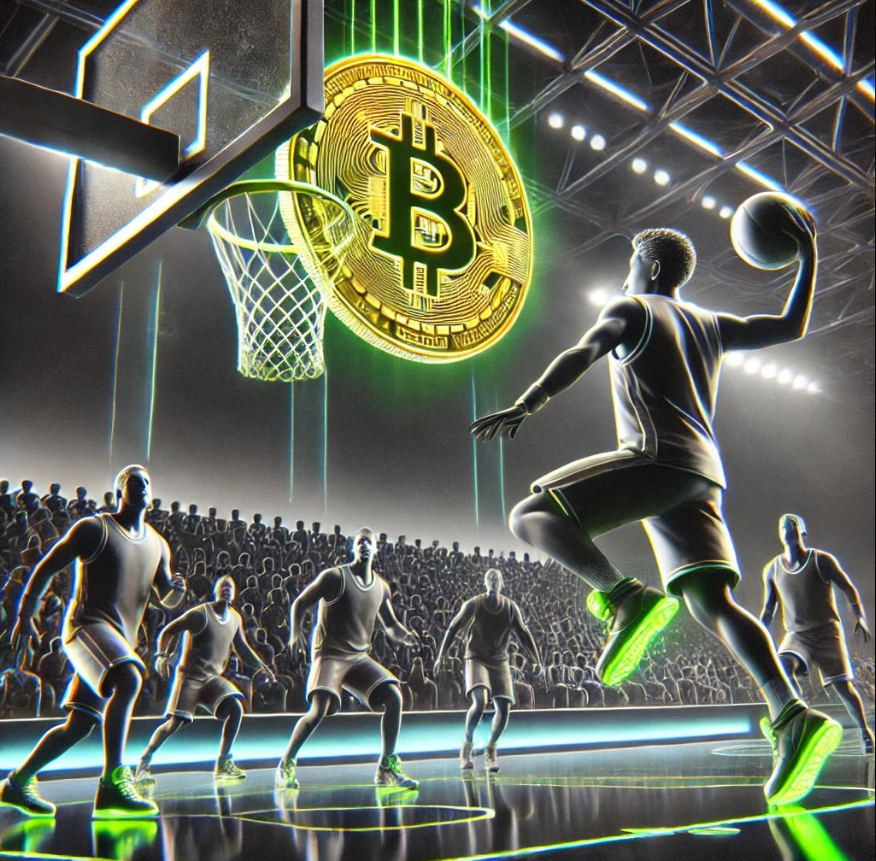
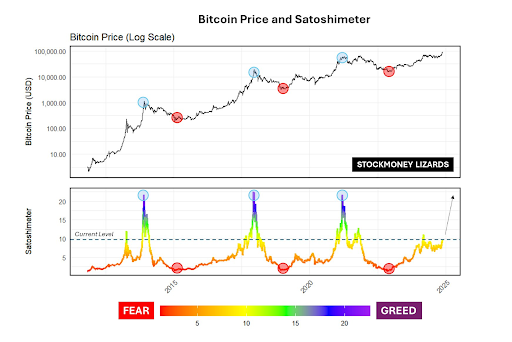


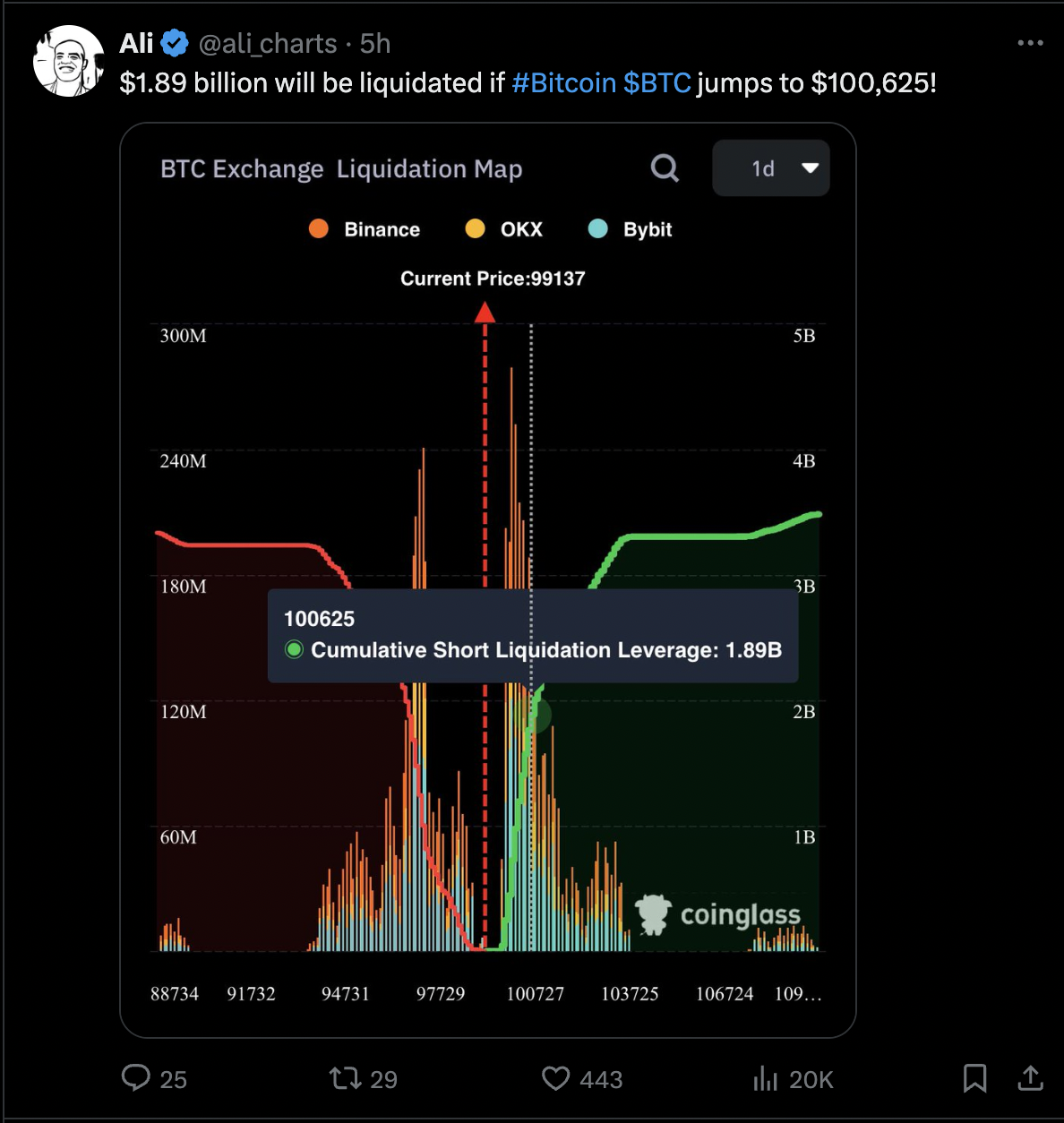

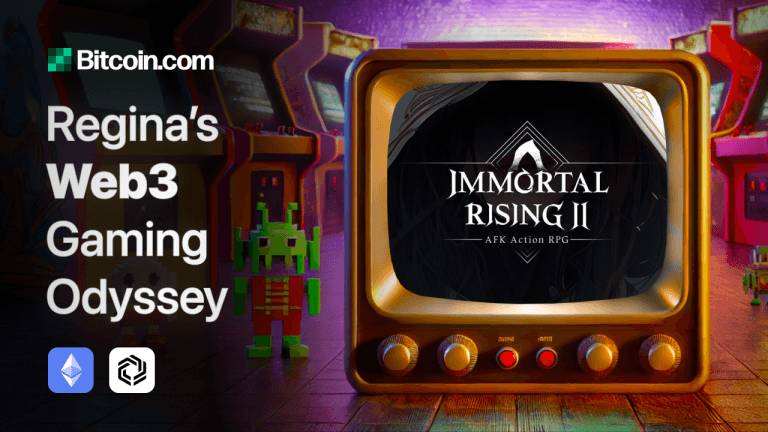
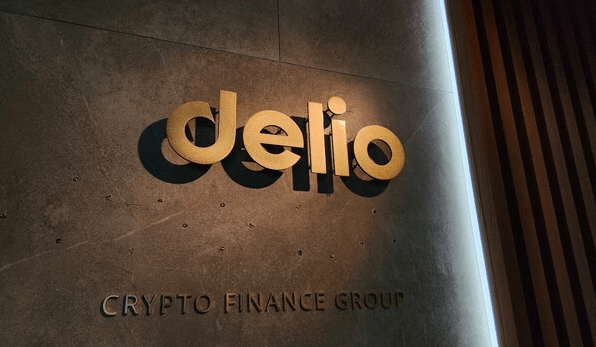




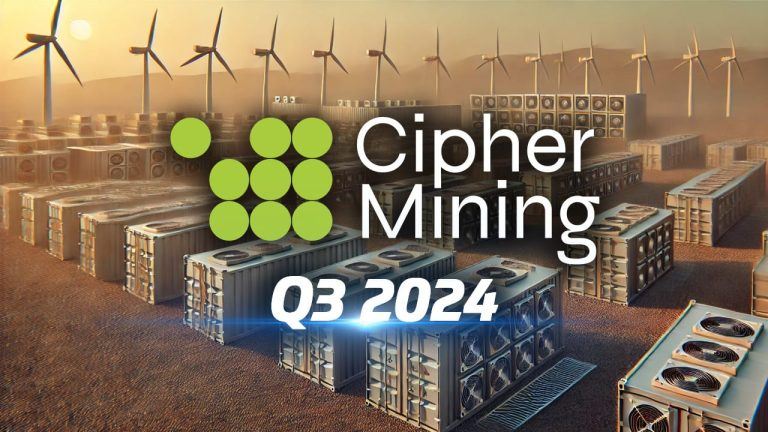
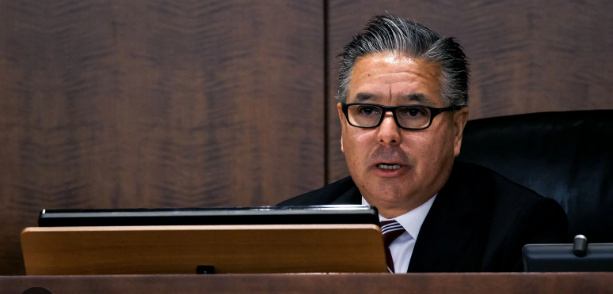

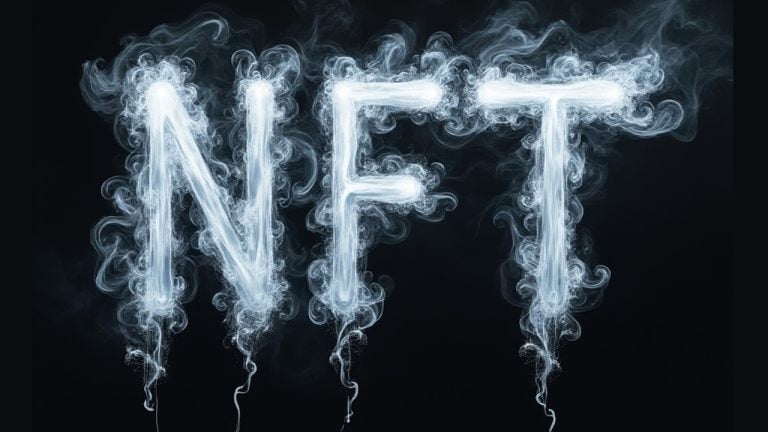
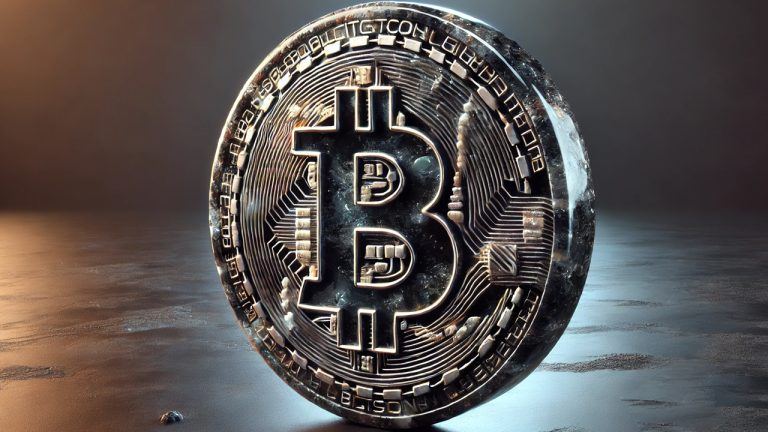
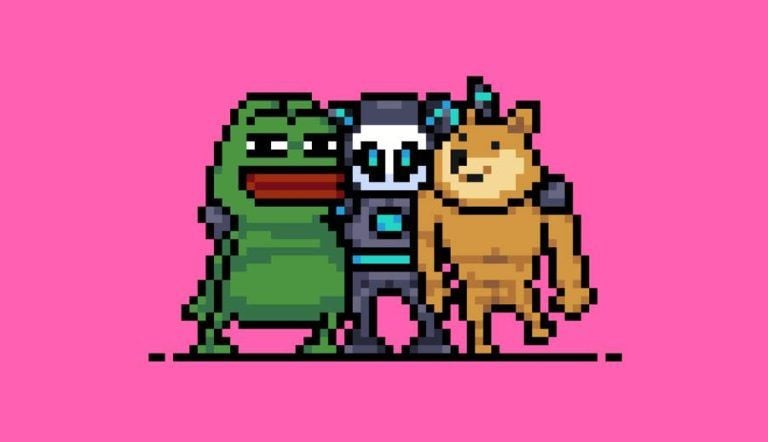
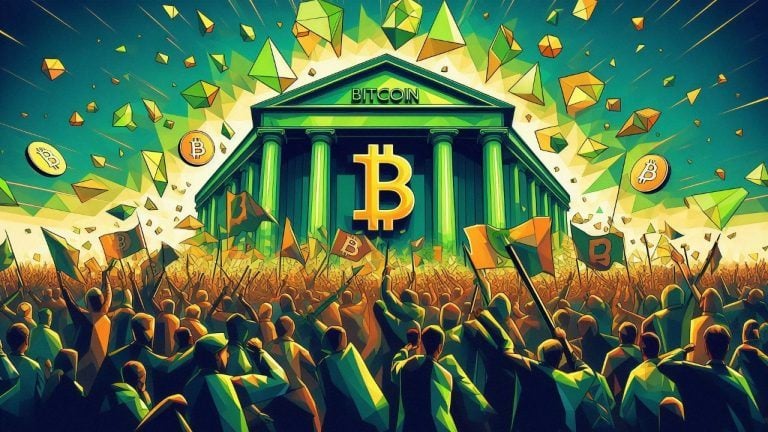

Comments